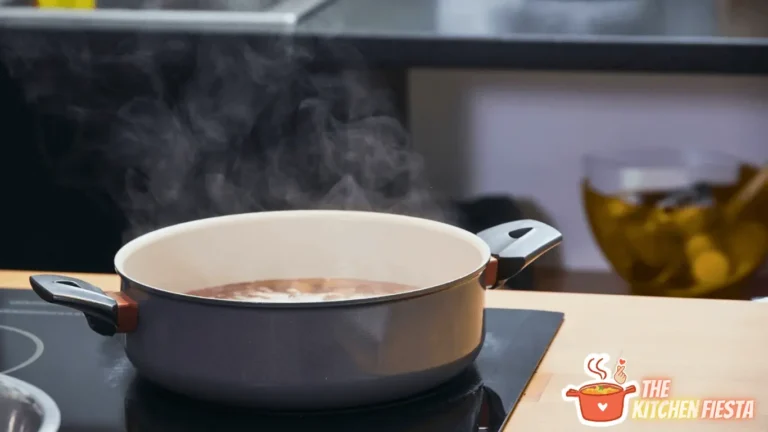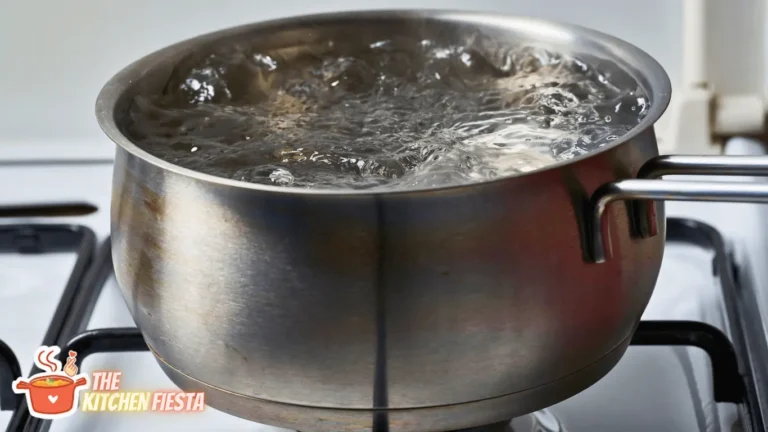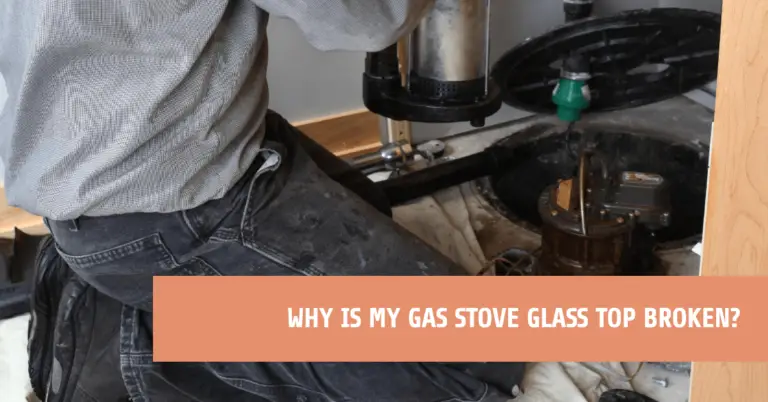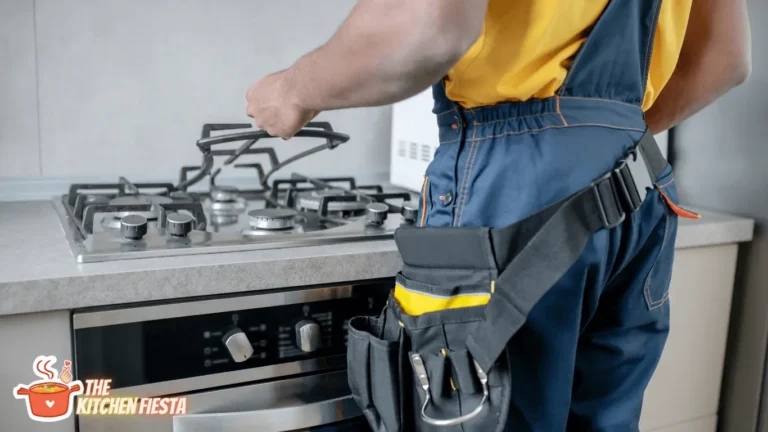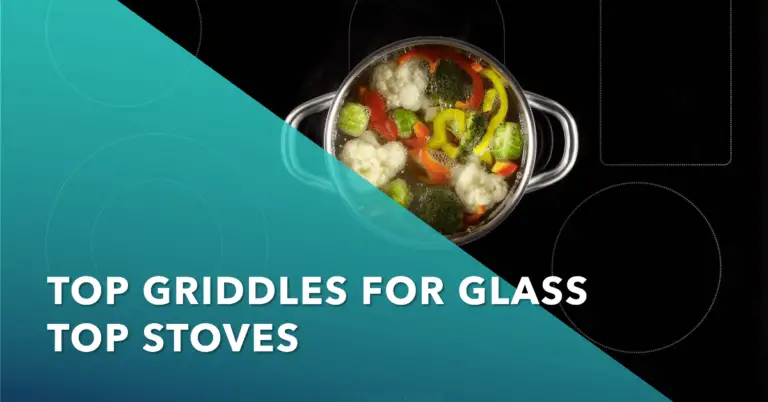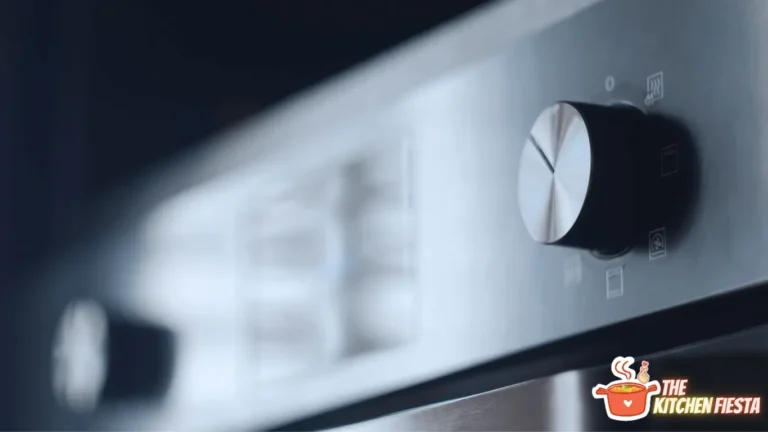What is Stove Pipe? A Clear Definition and Explanation
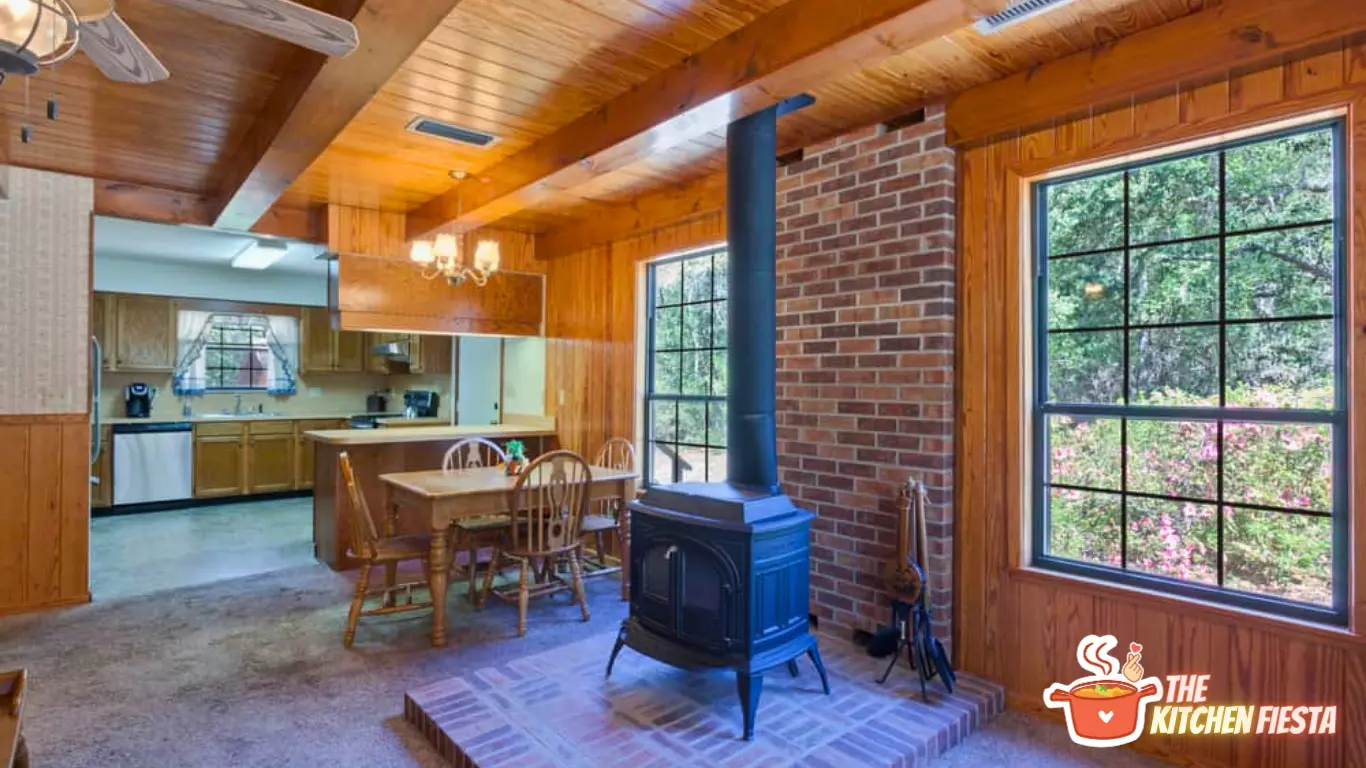
Stovepipe is a term used to describe various objects, including a pipe for conducting smoke or fumes from a stove into a chimney flue, a very tall hat with a flat crown and narrow brim, and an isolated and narrow communication channel. The term is also used in the context of firearms, where it refers to a type of malfunction that occurs when a spent casing gets caught in the action. The firearm’s action can no longer cycle.
Stovepipe malfunctions are a common problem encountered by gun owners, particularly those who use handguns. Fortunately, these types of jams can be quickly cleared through the proper technique. In addition to firearms, stovepipe can refer to a metaphorical term used in intelligence, describing several ways raw intelligence information may be presented without adequate context. This can lead to the interpretation or understanding of the information.
Definition of Stove Pipe
Stovepipe is a type of pipe used to carry away smoke or fumes from a stove or furnace into a chimney flue. It is typically made of thin sheet metal and has a large diameter. The term “stovepipe” is also used to refer to a very tall, cylindrical hat with a flat crown and narrow brim, traditionally made of silk.
Stovepipe can also be used metaphorically to describe an isolated and narrow channel of communication or information flow. In this context, it is referred to as “stovepiping.” It is a system created to solve a specific problem but can hinder communication and cooperation with others.
The term “stovepiping” has been used in the context of intelligence to describe several ways in which raw intelligence information may be presented without proper context. This can lead to misunderstandings and misinterpretations of the data.
Stovepipe can be a valuable and necessary stove or furnace system component. Still, it is important to ensure proper installation and maintenance to prevent safety hazards. In addition, it is essential to be aware of the potential for stovepiping in communication and information flow to avoid miscommunication and promote collaboration.
History of Stove Pipe
Stovepipes have been used for centuries, dating back to the early 16th century when they were used to vent smoke from wood-burning stoves. The first stovepipes were made of clay or brick and used to vent smoke and fumes out of the home. Over time, stovepipes were made from different materials like iron, steel, and copper.
During the 19th century, stovepipes became more common as coal-burning stoves were introduced. These stoves required a different venting system than wood-burning stoves, and stovepipes were the perfect solution. The stovepipe was connected to the stove and ran through the ceiling and roof to vent the smoke and fumes outside.
In the early 20th century, stovepipes were replaced by more modern venting systems such as chimneys and flues. However, stovepipes are still used in some homes, especially in older homes that need updating.
Stovepipes have also been used in industrial settings, such as factories and power plants, to vent smoke and fumes from boilers and furnaces. In these settings, stovepipes are typically made from heavy-duty steel or cast iron to withstand high temperatures and harsh conditions.
Types of Stove Pipe
Single Wall Stove Pipe
A single-wall stove pipe is a type of stove pipe that is made from a single layer of metal. It is typically used to connect a wood stove or fireplace to a chimney and is often made from galvanized steel. Single-wall stove pipe is less expensive than a double-wall pipe but also less efficient. It can be prone to rust and corrosion and is less durable than a double-wall stove pipe.
Double Wall Stove Pipe
A double-wall stove pipe is a type of stove pipe that is made from two layers of metal. The inner layer is made from stainless steel, while the outer layer is made from galvanized steel. Double-wall stove pipe is more efficient than single-wall stove pipe, as it provides better insulation and reduces the risk of creosote buildup. It is also more durable and long-lasting than single-wall stove pipes.
When choosing between single-wall and double-wall stove pipes, it is essential to consider cost, efficiency, and durability factors. A single-wall stove pipe is a good option for those on a budget, but there may be better choices for those who want a long-lasting and efficient stove pipe system. Double-wall stove pipe is more expensive, but it provides better insulation and is less prone to rust and corrosion. Choosing between single-wall and double-wall stove pipes will ultimately depend on individual needs and preferences.
Installation of Stove Pipe
Installing a stove pipe is essential to setting up a wood-burning stove or fireplace. Ensuring the stove pipe is installed correctly is vital to ensure proper ventilation and safety. Here are some tips for installing a stove pipe:
- Please choose the right height: Working with a professional to determine the right size for the stove pipe is important. A short chimney may look nicer, but it may need to supply an optimal draft to the stove. The height of the stove pipe should be at least 10-12 feet from the base of the stove to the top of the chimney.
- Use suitable materials: The stove pipe should be made of high-quality materials that can withstand high temperatures. The most common materials used for stove pipes are stainless steel and black steel. Stainless steel is more durable and can last longer, but it is more expensive than black steel.
- Install the stove pipe vertically: A venting system works best when it’s vertical. Running too much horizontal stovepipe can cause poor draft and smoke to enter the room. Ensuring the stove pipe is installed vertically from the stove to the chimney is important.
- Use the right size stove pipe: The size of the stove pipe should match the size of the flue collar. A stove pipe that is too small can cause poor draft and smoke to enter the room, while a stove pipe that is too large can cause excessive creosote buildup.
- Install the stove pipe correctly: The male end should always point down or at the stove. The stove pipe should always be inserted into the collar of the wood stove outlet. This may sound backward, considering the direction in which the flue gas is traveling.
- Maintain the stove pipe: It is essential to clean and maintain the stove pipe regularly to prevent creosote buildup, which can cause chimney fires. The stove pipe should be cleaned at least once a year or more frequently if the stove is used often.
Safety Measures
When dealing with stove pipes, safety should always be a top priority. Here are some measures that can be taken to ensure that stove pipes are used safely:
- Regularly clean the stove pipe to prevent creosote buildup, which can lead to chimney fires.
- Use a stove pipe thermometer to monitor the temperature of the stove pipe. The temperature should not exceed 700 degrees Fahrenheit.
- Install a stove pipe damper to regulate airflow and prevent over-firing of the stove.
- Use stove pipe connectors that a recognized testing laboratory lists.
- Keep combustible materials such as furniture, curtains, and carpets at least three feet from the stove pipe.
- Install a stove pipe cap to prevent rain, snow, and debris from entering the stove pipe.
- Ensure the stove pipe is adequately supported and secured to prevent it from falling or shifting.
- Never use flammable liquids such as gasoline or kerosene to start a fire on the stove.
- Install smoke and carbon monoxide detectors in the home and test them regularly.
Maintenance and Care
Proper maintenance and care of a stove pipe are essential for a wood stove’s safe and efficient functioning. Regular cleaning and inspection of the stove pipe can prevent the buildup of creosote, which can cause a chimney fire. Here are some tips for maintaining and caring for a stove pipe:
- Clean the stove pipe regularly: Remove any creosote buildup from the pipe using a wire brush or a chimney cleaning brush. The frequency of cleaning will depend on the type of wood used, the frequency of use, and the efficiency of the stove. Generally, it is recommended to clean the stove pipe at least once a year.
- Inspect the stove pipe: Regular inspection can help identify any potential issues before they become significant problems. Look for signs of damage, such as cracks or holes in the tube. Check the joints and connections to ensure they are secure. If any issues are detected, they should be addressed promptly.
- Monitor the stove temperature: The stove’s temperature can affect the creosote buildup in the stove pipe. A stove that is not hot enough can cause creosote to build up, while a stove that is too hot can damage the stove pipe. Monitoring the stove temperature and adjusting the airflow to maintain a safe and efficient temperature is important.
- Use dry, seasoned wood: Wet or unseasoned wood can cause excessive creosote buildup in the stove pipe. Use only dry, seasoned wood stored in a dry location for at least six months.
- Install a chimney cap: A chimney cap can prevent debris from entering the stove pipe and causing blockages. It can also prevent rain from entering the chimney and causing damage to the stove pipe.
Common Issues and Solutions
Stovepipes are essential to any wood-burning stove, but they can be prone to various issues. Here are some common problems that can arise with stovepipes and their solutions:
1. Creosote Buildup
Creosote is a black, tar-like substance that can accumulate inside stovepipes over time. It’s a natural byproduct of burning wood, but it can be dangerous if it builds up too much. Creosote can cause chimney fires, which can be extremely dangerous.
Solution: To prevent creosote buildup, it’s essential to have your stovepipe cleaned regularly. A professional chimney sweep can remove any creosote accumulated inside your stovepipe. You can also reduce the amount of creosote by burning seasoned wood, which has a lower moisture content.
2. Leaks
Leaks in stovepipes can occur when the pipes become damaged or when the joints between the pipes become loose. Leaks can allow smoke and other gases to escape into your home, which can be dangerous.
Solution: To fix a leaky stovepipe, you’ll need to identify the source of the leak. Check all the joints between the pipes to see if any are loose. If you find a flexible joint, tighten it with a pipe clamp. If the stovepipe is damaged, you may need to replace it.
3. Blockages
Blockages in stovepipes can occur when debris, such as leaves, twigs, or bird nests, becomes trapped inside the pipe. Blockages can prevent smoke and other gases from escaping, which can be dangerous.
Solution: To remove a blockage from your stovepipe, you must shut down your stove and allow it to cool. Then, drag the stovepipe from the stove and use a brush or other tool to remove the blockage. Once the backup is removed, reattach the stovepipe to the stove.
4. Corrosion
Stovepipes can become corrupted over time, especially if exposed to moisture. Corrosion can weaken the pipe, making it more prone to leaks and other issues.
Solution: To prevent corrosion, keeping your stovepipe dry is essential. Ensure your stove is installed in a dry location and the stovepipe is correctly insulated to avoid moisture from accumulating. You can also apply a rust inhibitor to the stovepipe to help prevent corrosion.
Environmental Impact
Stove piping can have a significant environmental impact, particularly regarding air pollution and climate change. Wood-burning stoves, for example, significantly contribute to air pollution, releasing particulate matter and other harmful substances into the atmosphere. This can have serious health consequences, particularly for people with respiratory conditions.
In addition to the health impacts, wood-burning stoves contribute to climate change. When burned, wood releases carbon dioxide (CO2) into the atmosphere, a significant contributor to global warming. In addition, the production and transportation of firewood can also have a considerable carbon footprint.
While often seen as a cleaner alternative to wood-burning stoves, gas stoves also have environmental impacts. A recent study found that gas stoves leak significant amounts of methane, a potent greenhouse gas, into the atmosphere. This can contribute to climate change and health impacts, as methane can displace oxygen and cause asphyxiation.
Conclusion
Stove piping is a term used to describe the isolation of information or systems in a way that hinders communication and cooperation with others. It can occur in various contexts, including intelligence, software development, and chimney installation.
In intelligence, stove piping can result in a need for more context for raw intelligence information, making it difficult to interpret and act upon. In software development, stove piping can lead to applications that do not share resources or data with other applications, making integrating them into a more extensive system challenging. In chimney installation, stove piping refers to using a separate stove pipe to connect the stove to the chimney rather than using a single, integrated system.
Stove piping can be problematic in any context where collaboration and integration are necessary for success. However, it can also be a valuable solution to specific problems. For example, stove piping can quickly create a functional application without worrying about future integration in software development.
Whether stove piping is beneficial or harmful depends on the context and the problem being solved. It is important to consider the potential consequences of stove piping and to weigh them against the benefits before deciding whether to use this approach.
Frequently Asked Questions
What is a stovepipe system?
A stovepipe system refers to the method of venting wood-burning stoves. It is a pipe that runs from the stove to the chimney, typically made of single or double-walled black pipe. It is not the same as a Class A chimney pipe, which is required once the line reaches the ceiling or wall.
What is the significance of a stovepipe hat?
A stovepipe hat is a tall, cylindrical hat famous in the 19th century. It was named after the stovepipe system because of its similar shape. The hat was often worn by politicians and was considered a symbol of authority and power.
What is the stovepipe shape?
The stovepipe shape is a long, cylindrical shape that is wider at the base and narrower at the top. It is often used to describe hats, pipes, and other objects with similar conditions.
What is the stovepipe front exercise?
The stovepipe front exercise is a physical exercise that targets the lower body. It involves standing with the feet shoulder-width apart and holding a dumbbell in each hand. The activity consists in squatting down, standing back up, and lifting the dumbbells as you stand.
What does it mean for a gun to stovepipe?
In firearms, the term “stovepipe” refers to a malfunction where a spent casing does not properly eject from the gun. The case gets caught in the ejection port, creating a shape similar to a stovepipe. Various factors, including weak ammunition or a dirty weapon, can cause this.
What does it mean to stovepipe someone?
To “stovepipe” someone means deliberately withholding information or keeping someone out of the loop. It can also refer to a communication breakdown where data is not adequately shared or disseminated.

